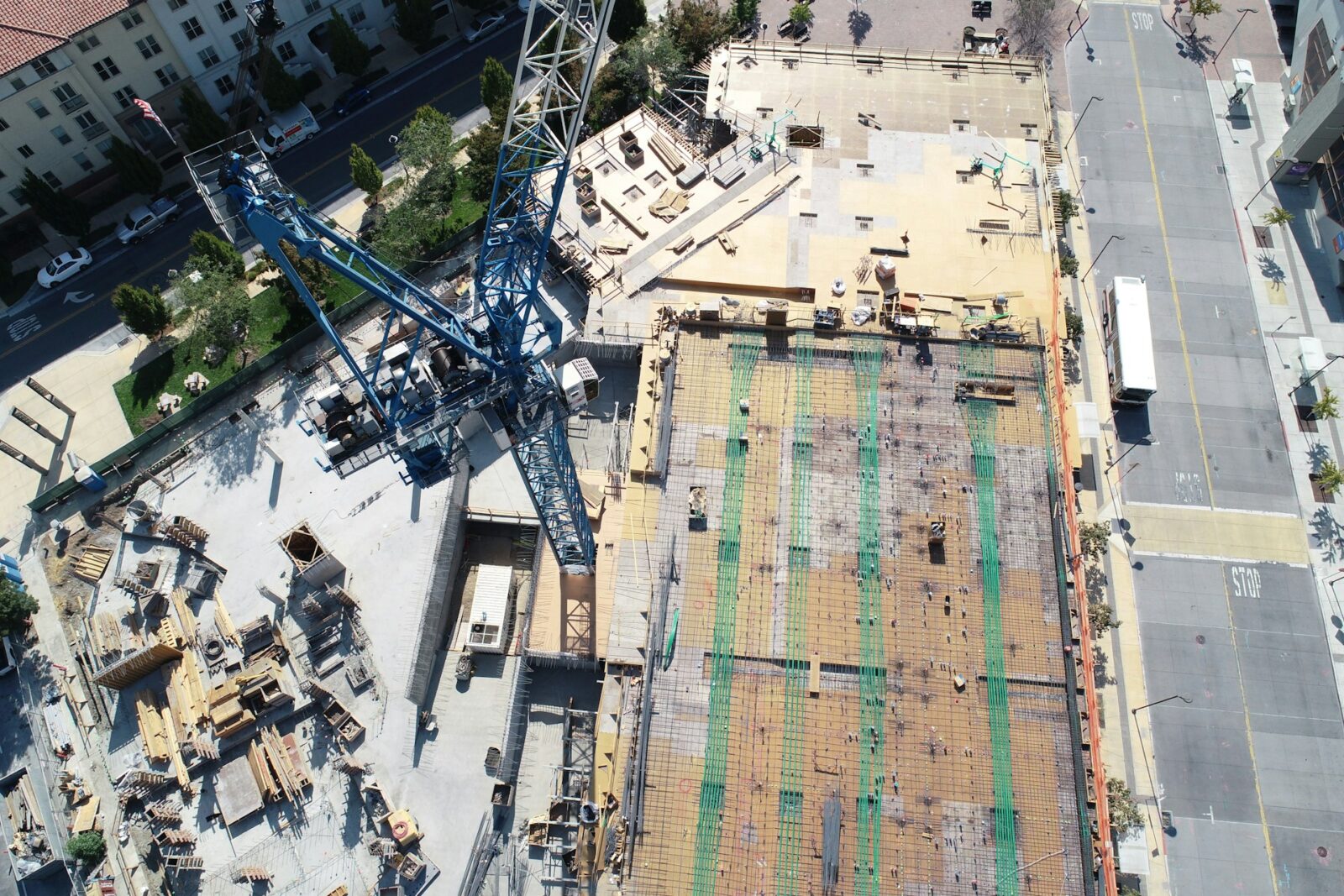Every structure requires a stable base to support its weight and withstand environmental stresses. Foundations define the stability, safety, and longevity of a building.
When conditions demand solutions for challenging terrains or large loads, traditional methods often fall short. This is where advanced pile construction techniques come into play, offering unmatched structural support and reliability.
This post explores the key aspects of pile foundations, breaking down their importance, types, key elements such as the pile cap, and applications in modern construction endeavors.
By the end, you’ll uncover why pile construction is indispensable to structural integrity and long-term durability.
Choosing the Optimal Foundation for Unique Conditions
Modern construction projects often face diverse challenges, from uneven soil types to high load requirements. To address these issues effectively, engineers prioritize advanced foundation techniques. Here’s why pile construction stands out as a critical approach:
Common Challenges in Traditional Foundations
- Weak soil layers: Conventional foundations often fail when the soil near the surface cannot bear the load, leading to settlement issues.
- Unstable terrains: Areas prone to erosion or seismic activity require dynamic solutions that provide deep anchoring.
Role of Pile Construction in Overcoming Terrain Challenges
Pile foundations are driven deep into stronger, stable soil layers or rock strata. This ensures the weight of the structure is evenly distributed, minimizing risks of settlement or collapse.
Beyond soil conditions, the method excels in providing strong support to tall buildings, bridges, and infrastructure with uneven load requirements.
Understanding the Components of Pile Foundations
To grasp how effective pile foundations are, it’s important to understand their primary components and processes:
Key Elements of a Pile Foundation
- Piles
These are the long, slender elements driven deep into the ground. Piles can be made from materials like steel, concrete, or timber, depending on the structure’s requirements.
- Pile Cap
A pile cap acts as the connecting element between the piles and the structure above. This layer ensures uniform load distribution across piles.
Types of Piles for Versatile Applications
Pile types are chosen according to construction requirements.
- Driven piles: Perfect for soft soils, driven piles are hammered into the ground using hydraulic hammers.
- Bored piles: These piles suit clay-like soils by drilling holes and filling them with concrete.
- Steel piles: Highly durable and ideal for coastal or industrial structures, steel piles resist corrosion and heavy loads.
Every project assesses these key elements to determine optimal combinations for the conditions.
Applications of Pile Foundations Around the Globe
Modern cities and critical infrastructures demand unique construction solutions. Pile construction offers unmatched versatility and adaptability, making it a go-to for engineers and architects.
Urban Skyscrapers
High-rise construction relies heavily on deep foundations. Since skyscrapers concentrate enormous loads in limited spaces, pile-driven designs ensure safety even during storms or earthquakes.
Offshore Installations
Oil rigs and maritime infrastructure demand durable and rust-resistant options, like steel piles, that can withstand the elements and tidal forces.
Bridges and Dams
Pile construction stabilizes bridges and waterfront projects. Engineers opt for reinforced pile caps here for efficient load sharing while reducing material costs.
Residential Areas with Poor Soil Conditions
When building homes in flood-prone or soft-soil areas, pile foundations offer a reliable buffer against ground shifts or heavy rains.
Striking the Perfect Balance Between Cost and Efficiency
Budget plays a vital role in construction decisions. Incorporating pile foundations might sound expensive at first glance, but their efficiency leads to long-term savings:
Factors Driving Financial Decisions
- Material choice: Concrete piles are cost-effective but may require reinforcements, while steel piles offer greater durability despite higher costs.
- Equipment needs: Advanced machinery like hydraulic hammers increases efficiency but requires upfront investments.
Efficiency Benefits in the Long Run
- Reduced Maintenance Costs: Solid designs reduce foundation shifting or cracking, leading to lower repair costs.
- Extended Structure Lifespan: A well-designed foundation ensures the building withstands decades without major structural demands.
By balancing budget considerations with efficiency, pile construction continues to prove its worth across diverse industry applications.
How Pilecap Design Enhances Stability
The pilecap acts as a critical intermediary in pile foundations and offers much more than simple anchoring purposes.
Uniform Load Distribution
The pile cap ties multiple piles together, allowing the weight of the superstructure above to be evenly spread across all supporting piles. This is particularly important in reducing strain on any single pile.
Enhancing Earthquake Resistance
For structures in seismic zones, pile caps are crucial in transferring earthquake forces down to load-bearing strata. This prevents severe damage to buildings during tremors.
Improved Integration with Structures
Innovative pile cap designs now integrate seamlessly with modern architecture. They ensure that the foundation doesn’t just perform optimally but also aligns with sustainable design practices, reducing carbon footprints.
Achieving Structural Integrity in Every Layer
The ultimate goal of any construction project is safety and longevity. Structural integrity measures the strength and resilience of the foundation under a range of stresses, and here’s where pile-driven solutions shine:
Long-Term Resilience
Structures with pile foundations maintain their stability over long periods, even in extreme conditions like floods or earthquakes. This makes them the preferred choice for critical infrastructure projects like hospitals, data centers, and government buildings.
Real-Life Impacts of Solid Foundations
The Bayonne Bridge in the U.S. stands as a testament to the power of pile foundations. Engineers expanded its load capacity using piles while preserving its structural integrity.
This has extended its usability beyond the initial design lifespan—a triumph of modern engineering.
Building Future-Ready Solutions
Modern construction methods are evolving rapidly, and pile construction has solidified itself as an indispensable part of the future.
Engineers innovate upon traditional designs, incorporating eco-friendly materials and methods to align with sustainability goals while continuing to provide unmatched structural integrity.
For any project needing advanced, reliable solutions, pile foundations do not merely provide stability—they redefine possibilities.
When paired with the latest in pile cap technology, their performance leaps beyond conventional foundations, ensuring that our structures stand resilient against time.














